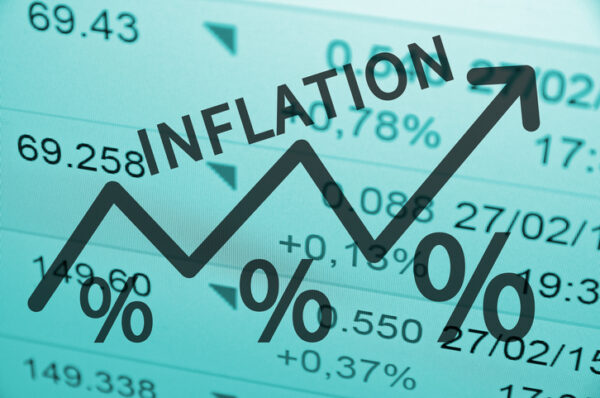During Inflation, Good Credit is Your Best Friend

The Consumer Price Index indicates that consumer prices have increased 5.4% from July of 2020 to July of 2021. This means that on average, you are paying 5.4% more for everyday items that you purchase, compared to this time last year.
Some industries have been hit even harder, such as housing and automobiles, where we’ve seen housing prices jump by 15%, national median rent jump 11.4%, and used cars escalate as much as 30%… all in the last 12 months!
For many middle class Americans, wages have not matched the price increases that we have seen and when this happens, many households begin to rely on credit purchases. This means more use of credit cards and department store cards, but it also means higher loan amounts when purchasing a car or a home.
If you’re one of the fortunate who can pay those credit card balances in full every month, then we applaud you. But if you’re forced to carry a balance on your cards, even temporarily, then having “average” credit is probably costing you thousands of dollars per year (or more).
Yes, interest rates are extremely low, but remember that those rock-bottom rates are reserved only for those with top-tier credit scores and the “average” folks will pay significantly higher rates for credit cards, home loans, and car loans. Add it all up and it could be TENS of thousands of dollars in extra interest charges per year that “average” credit holders pay.
So here’s a path to huge household savings, and it’s easier than you think…
Step One: Fix your credit. For most people, this will require 3-5 months and cost around $500-600. This is usually enough for us to get those “average” scores into the “good” or even “excellent” range.
Step Two: Get new credit cards. Once your credit scores are higher, you can qualify for lower interest rates. Sometimes you can negotiate a lower rate with your current card company, and if now, you can transfer your balance to a lower rate card. When your scores shoot up, you’ll usually get plenty of offers.
Step Three: Refinance the mortgage. If you’re paying a higher rate now due to mediocre credit, you may be able to refinance after your scores are higher. We can introduce you to reputable lenders who can help you.
Step Four: Refinance the car. Yes, did you know that you can refinance your car loan? If you settled for a higher rate when you bought the car (because you had to), you may be able to bring that rate down and save big every month!
Listen, it’s a process and you have to be patient, but it IS possible. You can relieve household financial stress and save a ton of money simply by having a strategy! We can help get you there. Call our office for more details.
